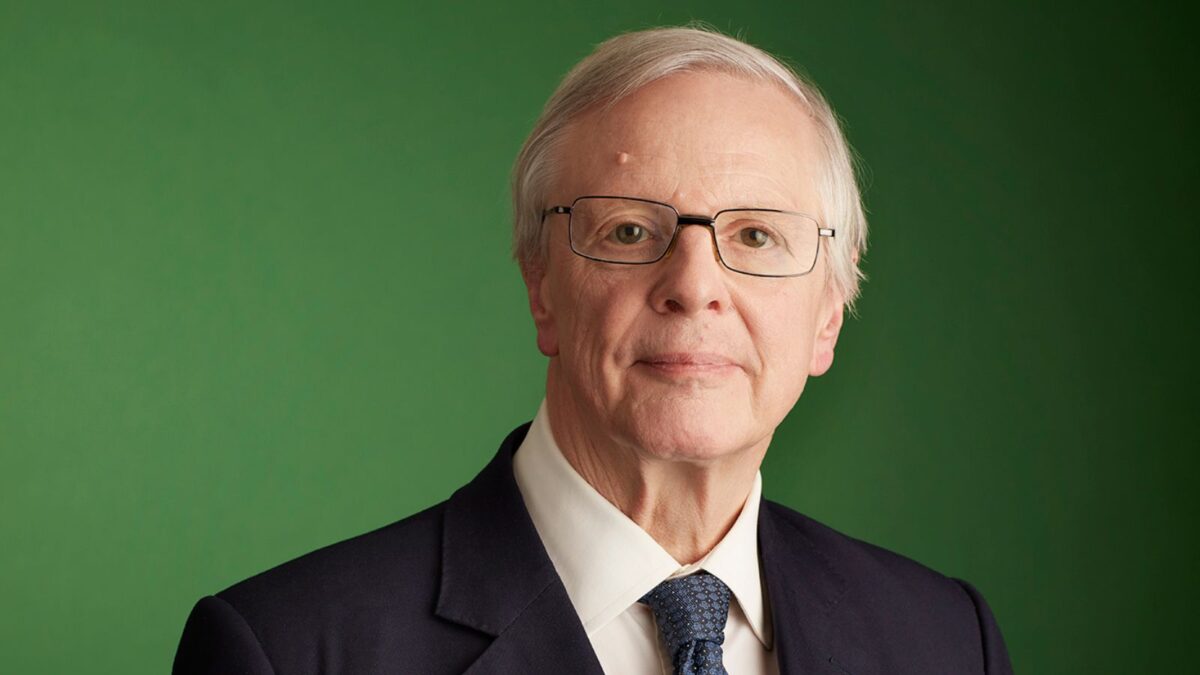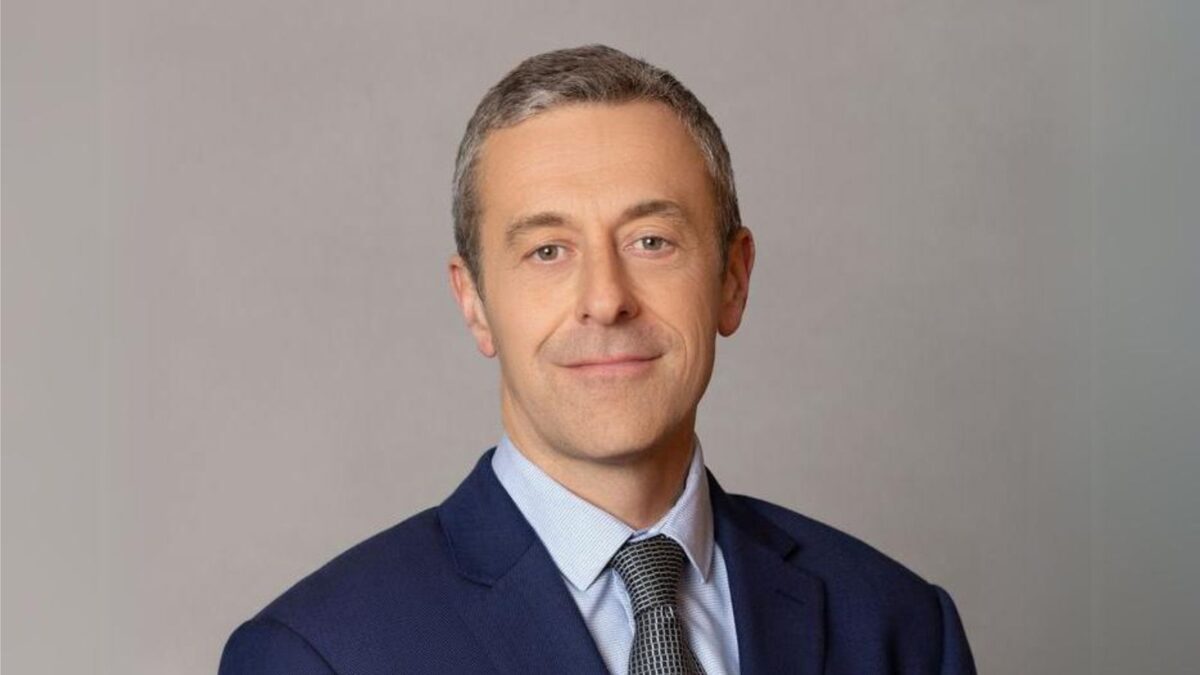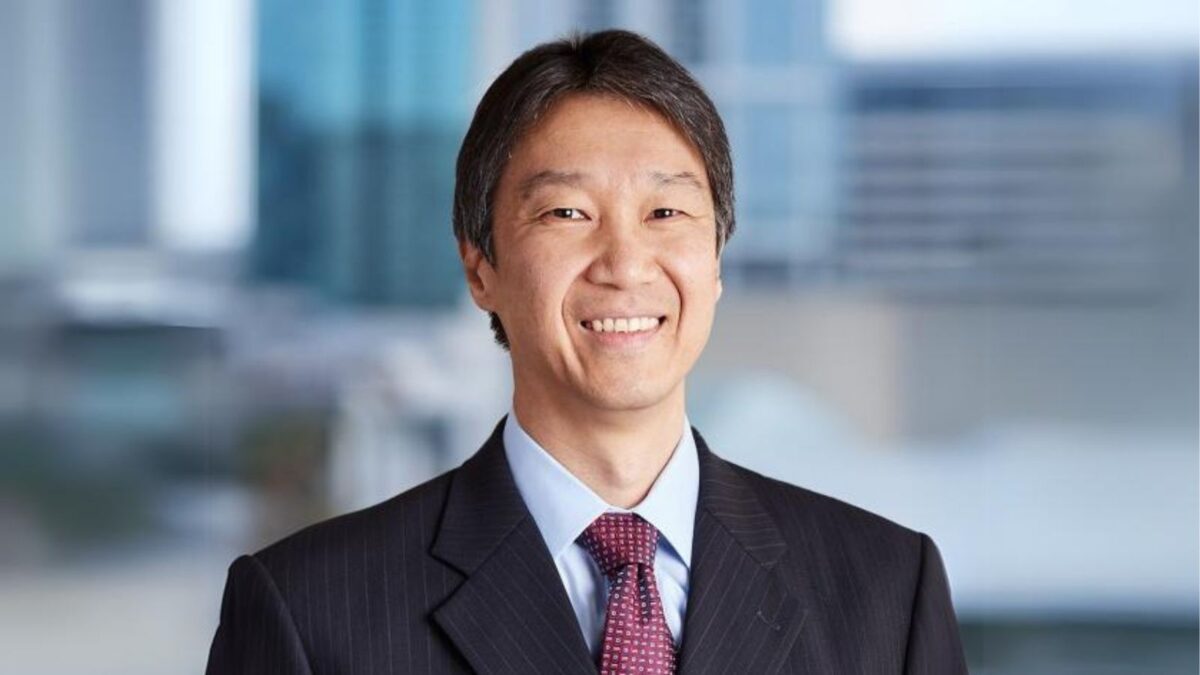Future Fund sticks to its guns while inflation sticks around
Investment returns added $11.5 billion to the Future Fund in the March quarter according to its latest portfolio update, bringing the sovereign wealth fund’s return to 8.3 per cent for the financial year to date.
But while stronger than expected growth and inflation created favourable conditions for risk assets through the quarter – and the fund increased its exposure to risk to take advantage of them – CIO Ben Samild said that the Future Fund was keeping a close eye over market conditions.
“We continued to add to credit investments as the persistence of higher growth and rates makes for attractive risk-adjusted long-term returns from this sector,” Samild said. “We are conscious of the potential for a significant deterioration marked by conflict, geostrategic competition and supply issues. Our activities have focused on ensuring the resilience of the portfolio to a range of scenarios while continuing to seek positive long-term returns.”
The March quarter also saw the Future Fund invest in active Japanese equities through Wellington Management, acting on its view that corporate reforms and the return of inflation to the historically low-growth country have made it an attractive investment destination.
Future Fund CEO Raphael Arndt said that while the market had taken a rosy view of central bank policy and priced in a number of rate cuts before the end of the year, the sovereign wealth fund’s repeated predictions that inflation would remain sticky have been borne out.
“As we have been saying for some time, inflation remains sticky and while it remains above central bank targets the risk is that rates will be held higher for longer,” Arndt said. “While markets have begun to price in this risk since the end of the quarter, investors have not yet fully adjusted to this view.
“In addition, geopolitical risk is elevated by conflicts in the Middle East and Ukraine and is expected to remain so for some time. Any increase in conflicts risks adding further to inflationary pressures. Investors need to be alert to these dangers and retain the flexibility to respond quickly.”
The sovereign wealth fund previously warned against hedging geopolitical risk using “superficial” regional diversification, saying that it could introduce “unintended, poorly rewarded risks”. It’s also warmed to commodities as one way of protecting the portfolio against rising or volatile inflation.
The Future Fund’s portfolio update comes as its deputy CIO Alicia Gregory jumps ship to the $257 billion US-based alternative asset manager Blue Owl as it looks to expand its service offering in the superannuation market.










